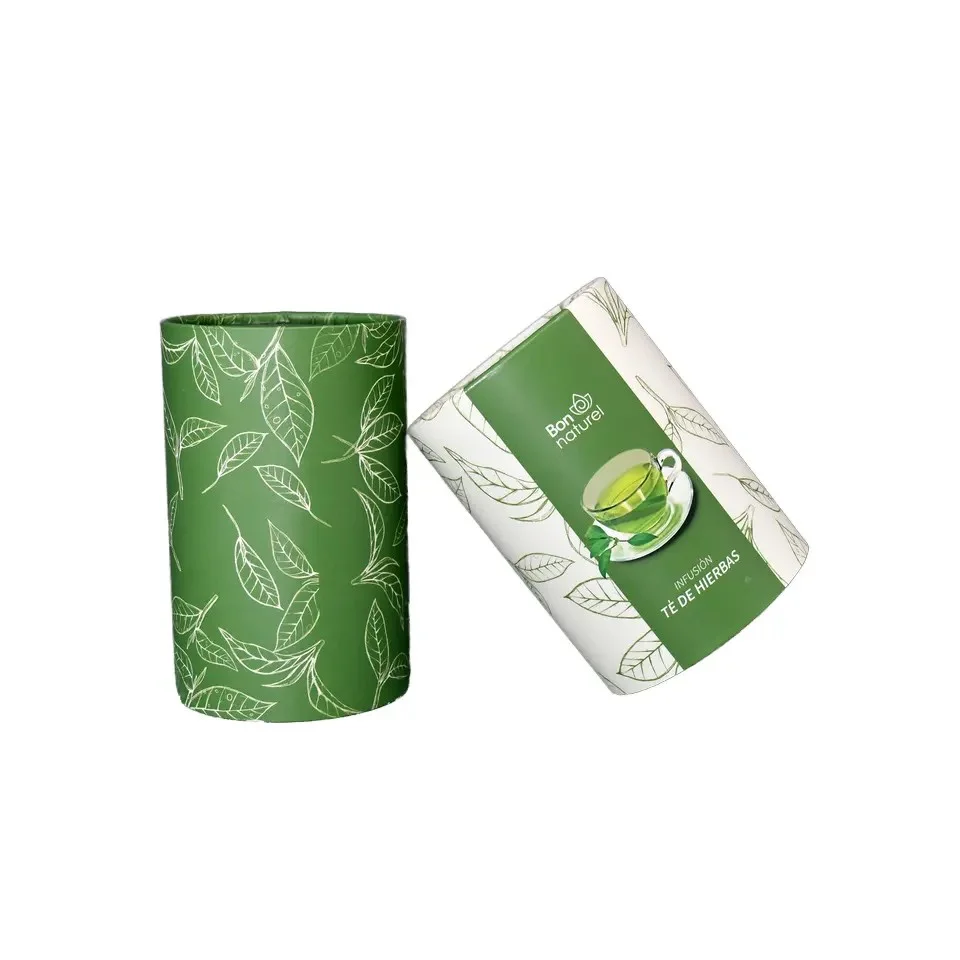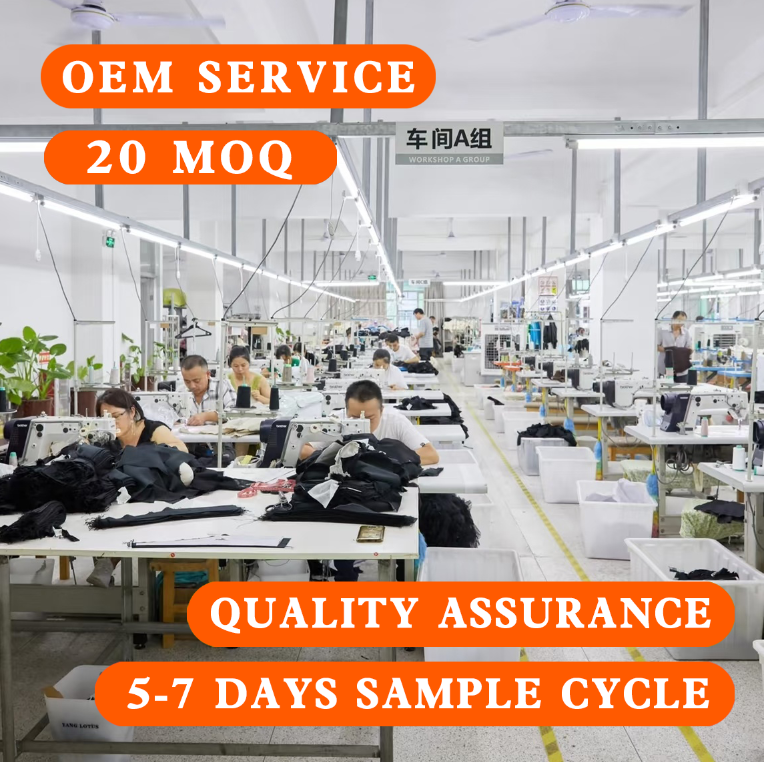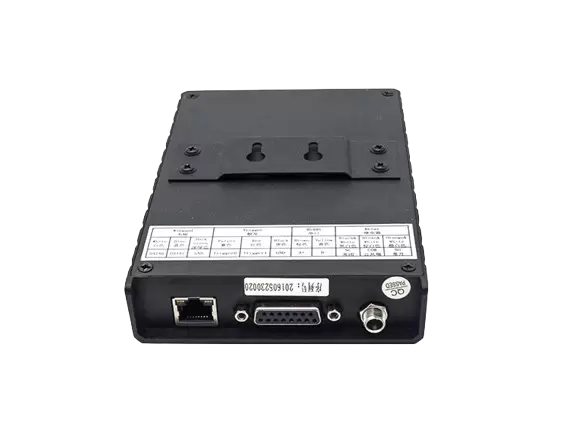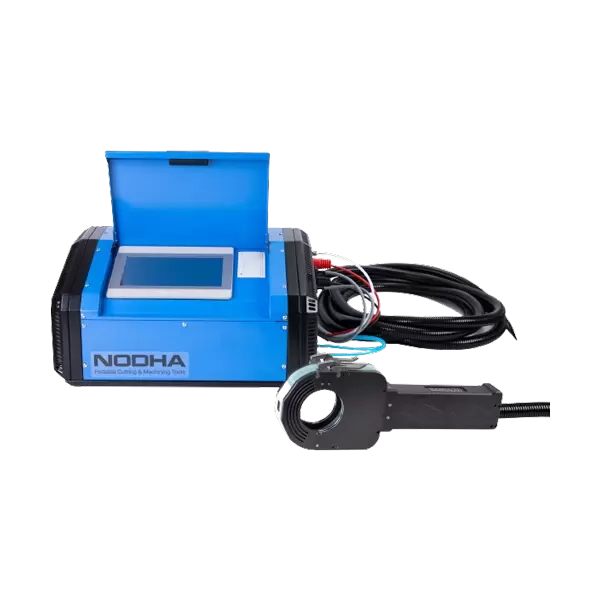In the realm of engineering and design, the ability to produce high-quality, large-format prints is essential. Whether you are an architect, civil engineer, or a designer, the need to visualize complex data through detailed maps and drawings cannot be overstated. However, with a plethora of printing options available, determining which type of printer is best suited for printing large maps of engineering drawings can be a daunting task. This article delves into the various types of printers available, their functionalities, and how to choose the right one for your specific needs.
Understanding Large Format Printing
Large format printing refers to the process of printing on large sheets of paper, typically exceeding 24 inches in width. This category encompasses a variety of printing technologies, including inkjet, laser, and even specialized printers designed for specific applications. When it comes to engineering drawings, the precision, color accuracy, and durability of the prints are paramount.
Types of Printers for Large Engineering Maps
- Inkjet Printers
Inkjet printers are the most common choice for large-format printing, particularly in engineering and architectural applications. They utilize liquid ink sprayed through microscopic nozzles onto the paper, allowing for high-resolution images and intricate details.
- Pros:
- Excellent color reproduction and detail.
- Ability to print on various media types, including glossy and matte finishes.
- Generally lower initial investment compared to other large-format printers.
- Cons:
- Slower printing speeds compared to laser printers.
- Ink costs can accumulate, especially for high-volume printing.
- Laser Printers
Laser printers use a different technology, employing a laser beam to produce images on a drum that is then transferred to paper. While traditionally used for standard office printing, advancements have led to the development of large-format laser printers.
- Pros:
- Faster printing speeds, making them ideal for high-volume jobs.
- Lower cost per page for monochrome prints.
- Durable prints that are resistant to smudging and fading.
- Cons:
- Limited color accuracy and detail compared to inkjet printers.
- Higher initial investment and maintenance costs.
- Plotters
Plotters are specialized printers designed specifically for technical drawings and engineering maps. They can produce large-scale prints with precision and are often used in CAD applications.
- Pros:
- Exceptional precision and detail, ideal for intricate engineering drawings.
- Can handle a variety of media types, including vinyl and canvas.
- Often equipped with advanced features like roll feeding and automatic cutting.
- Cons:
- Higher cost and complexity compared to standard inkjet or laser printers.
- May require specialized training to operate effectively.
Key Considerations for Choosing the Right Printer
When selecting a printer for large engineering maps and drawings, several factors should be taken into account:
- Print Quality: Look for printers that offer high resolution (measured in DPI) and excellent color accuracy. This is crucial for engineering drawings where precision is key.
- Media Compatibility: Ensure the printer can handle the types of media you plan to use, such as bond paper, glossy paper, or even canvas.
- Print Speed: If you frequently print large volumes, consider the printing speed. Laser printers typically offer faster output, while inkjet printers may be slower but provide better quality.
- Cost of Ownership: Factor in not just the initial purchase price but also the ongoing costs of ink or toner, maintenance, and any additional supplies.
- Ease of Use: Look for user-friendly interfaces and features that simplify the printing process, especially if multiple team members will be using the printer.
Conclusion
Choosing the right printer for large maps of engineering drawings is a critical decision that can significantly impact your workflow and the quality of your outputs. Inkjet printers are often the go-to choice for their superior color accuracy and detail, while laser printers excel in speed and cost-efficiency for monochrome prints. For those requiring the utmost precision, plotters offer specialized capabilities tailored to technical drawings. By considering your specific needs, including print quality, media compatibility, and cost of ownership, you can make an informed decision that enhances your engineering projects and ensures your designs are presented in the best possible light.






